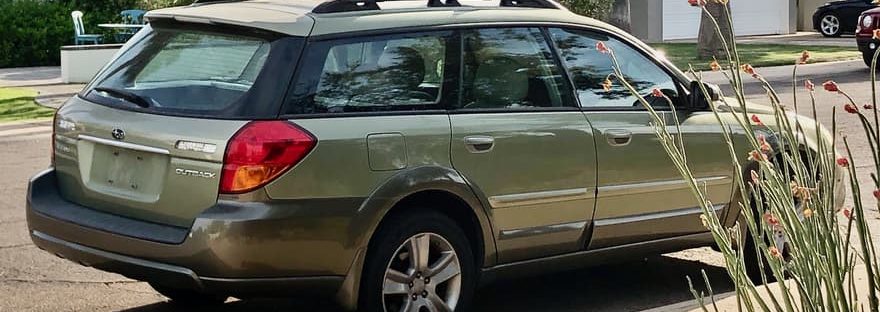Aanya Patel was 13 when she fell on the stairs at her home and developed post-concussion syndrome. Nine months later, she was diagnosed with migraine. Now 16, Aanya is thriving as high school junior and an advocate for people recovering from traumatic brain injuries and who have migraine.
Calming My Storm, the unincorporated nonprofit that Aanya founded, is a big part of her advocacy work. The organization seeks to help people with concussions and migraine thrive by offering expert interviews and advice, educational resources, and personal stories of people recovering from concussions and/or living with migraine.
Getting to the “why” behind treatments
Calming My Storm is “built around the idea that if you understand your treatments, then you’ll be more inclined to do it,” Aanya said. She has firsthand experience with this. “Throughout my treatments, I wouldn’t really embrace them until I started asking questions until I understood how it worked. I distinctly remember sitting in PT, and being like, I don’t want to do this anymore. But I would start asking, Well, why do you want me to do this? Why do you want me to stand on my leg? Why do you want me to do this or that? And then my PT was super nice. And she’d explain it.” And that was enough to convince Aanya of the value of physical therapy and want to know more about the “why” behind all of her treatments.
A drive to learn more
When she found some relief with a neuromodulation device, she was even more curious about the why. She began interviewing experts at companies that make neuromodulation devices and asking them about efficacy studies and the mechanisms of action. She took the information from these interviews and turned them into blog posts, which was the start of Calming My Storm.
Empathy and understanding
What started as a blog has evolved into an unincorporated non-profit with a team of volunteers of a variety of ages and backgrounds. All the work at Calming My Storm is grounded in empathy and understanding.
“If you have understanding, you’re more empathetic. If you’re more empathetic, you can help people,” Aanya said. “And if you understand what’s happening inside of your body, then you can embrace your therapies and your treatments better, because you just have that understanding of what’s going on inside your brain.”
Expert interviews
The volunteers at Calming My Storm use empathy to increase understanding by interviewing experts about their research. The goal is to make research more accessible to the average person. Women with TBI is a particular interest.
Learning from others with the condition
TBI Roundtable is a new podcast from Calming My Storm. It’s a place for people with concussions and TBI to “talk about their experience in an open and honest way.” Each episodes delves into a specific topic, like living with a TBI as a high school student. In addition to sharing their experiences, guests also talk about specific strategies they’ve found to cope with their condition.
People who have had TBIs can also learn from each other in Letters to My Old Brain. Aanya describes this project:
“When you suffer from a TBI, you don’t know you’re gonna suffer from a TBI. You don’t know your life will be totally changed. And so a lot of people will describe this as their pre-injury self and their post-injury self, they have their old and they have their new normal…. In that moment, their hobbies changed, a lot of things in their lives changed. The idea is, you wrote a letter to your previous self.… It’s almost cathartic. Like, they get to really process what happened to them. And for people who read it, they can be like, ‘Wow, I’m not really alone.’”
Learn more about Aanya
Interviewing Aanya was a pleasure. I was struck by her wisdom, compassion, and ambition. To learn more her injury and diagnosis, what it’s like to navigate high school with post-concussion syndrome and migraine, and her advice for living well with these conditions, you can read my story about her on Migraine.com in Aanya Patel’s Experience With Post-Concussion Syndrome and Migraine.
Photo by Felix Mittermeier on Unsplash





